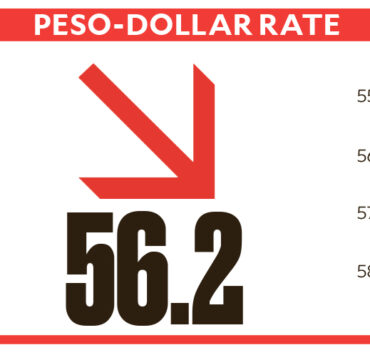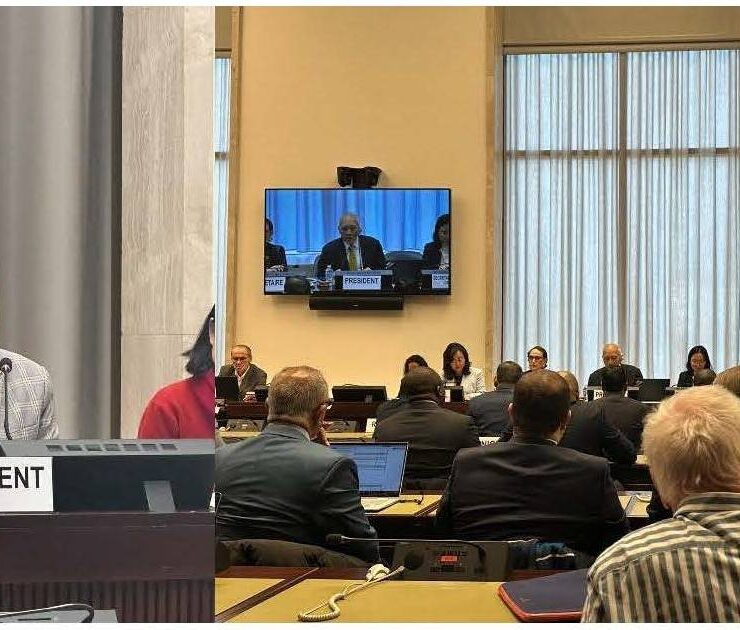Beyond green: Planning for sustainable communities
We often look at sustainable materials and practices as a checklist we need to tick off as a means of pushing for sustainability.
While every little bit helps, this also tends to facilitate token gestures that may or may not have the effect that we look for. The problem lies in the lack of holistic and cross segment data that can lead us to a better path.
Complex issue
The use of green certified products can be an easy but misleading solution. Complex problems require complex solutions. The climate crisis is not a weather crisis. It is a long term challenge that requires us to steer away from kneejerk reactions.
Sustainability only truly matters when it benefits communities. Sustainable objects and materials, systems and operations must only be cogs that support a broader vision that produces verifiable and positive impact and change.
Urban ecosystem
There are multiple points of contact where solutions can be planned and coordinated. The modern urban ecosystem, comprising transportation, housing, water, and power systems, is a complex web that must be planned holistically to meet the demands of growing populations and environmental challenges.
Each of these systems interacts with the others in ways that demand coordination, rather than piecemeal or isolated efforts. Transportation, housing, water, and power all are part of our greater urban ecosystem that needs to be redeveloped and planned for.
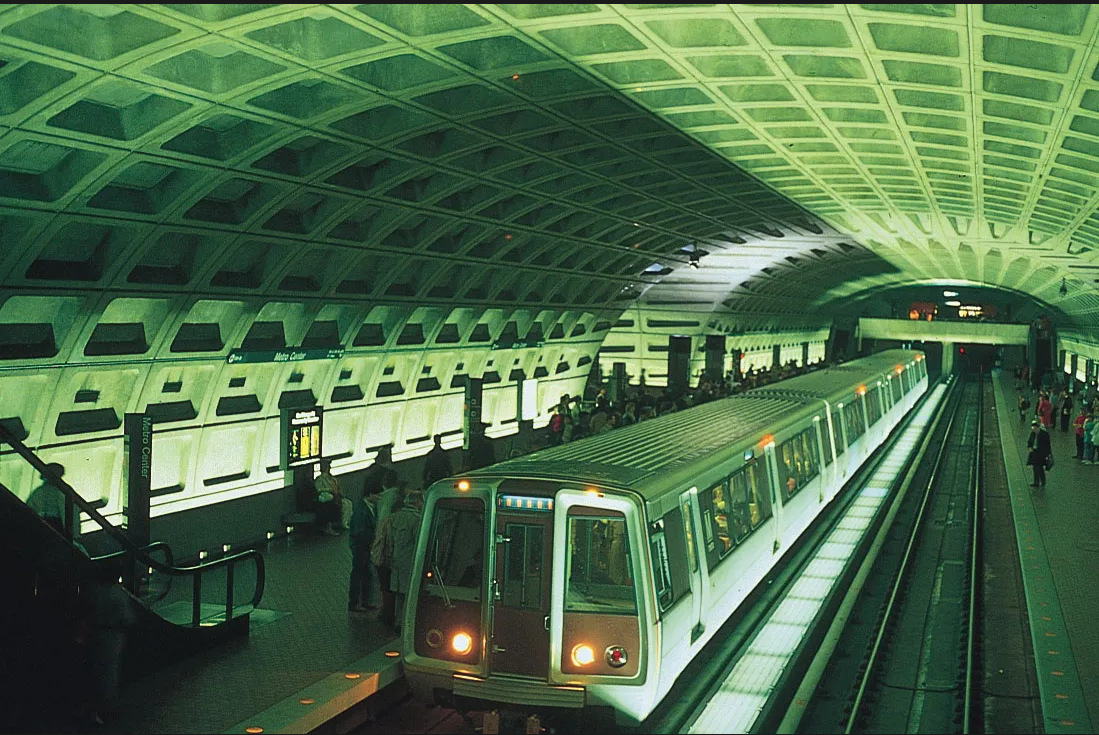
Comprehensive approach
Mass transit systems such as subways and trains represent incredible achievements in the effort to move large populations efficiently. However, when viewed as isolated projects, these initiatives fall short.
Subways and train lines are wasted as individual projects without a comprehensive transportation system that also addresses smaller forgotten components like incoherent, hazardous sidewalks and pedestrian networks. You cannot drive just to go take a subway. We need to be able to walk to and from our mass transit networks.
Housing cannot be viewed solely in terms of the price per unit.
Housing projects far from city centers may be cheaper to build, but the hidden costs associated with long commutes, increased carbon footprints, and traffic congestion outweigh the initial savings. The waste management solutions of future housing districts should be thoroughly planned.
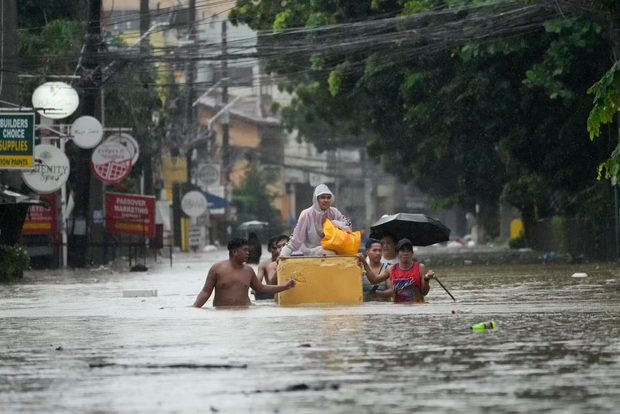
Balancing dev’t
Instead, cities must plan for natural floodplains, construct reservoirs, and promote the restoration of rivers and lakes. By balancing development with the health of natural ecosystems, cities can protect themselves against future environmental disasters while preserving the planet’s biodiversity.
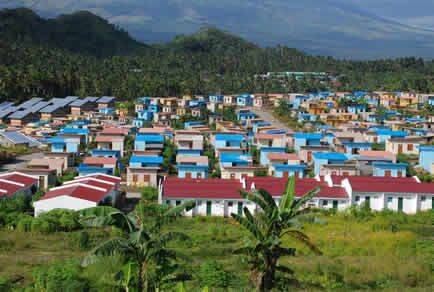
Sustainable energy
Our growing demand for sustainable energy solutions highlights another aspect of modern urban planning: the inefficiency of our existing energy distribution networks.
Additionally, cities need to invest in renewable energy sources like solar, wind, and geothermal power. However, renewable energy is not enough on its own—efficient distribution systems are critical to ensure that the energy generated is not wasted.
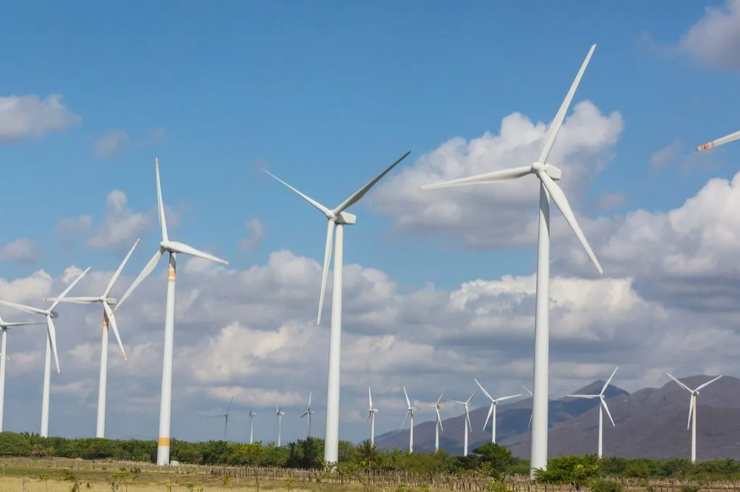
(HTTPS://RENEWCOSOLAR.COM.AU/WINDMILLS)
Manmade solutions
Rethinking how we plan and coordinate urban systems is essential for building resilient, efficient, and sustainable cities. Transportation, housing, water, and power infrastructure must be integrated into a single vision that takes into account environmental, economic, and social factors.
We just have to step back and think. There is no sustainable future without change. We cannot dust off old plans and expect better results.
A good question to pose to every piece of infrastructure is: “Who benefits?” Benefits are realized things or situations that serve a certain individual or community. Environmental solutions should quantify benefits and not just profits. It isn’t too hard to try.
Design exploration requires the input of everyone in our community. We invite everyone to come join our explorations on the human environment. Join us on Instagram @wtadesignstudio and @entrari














